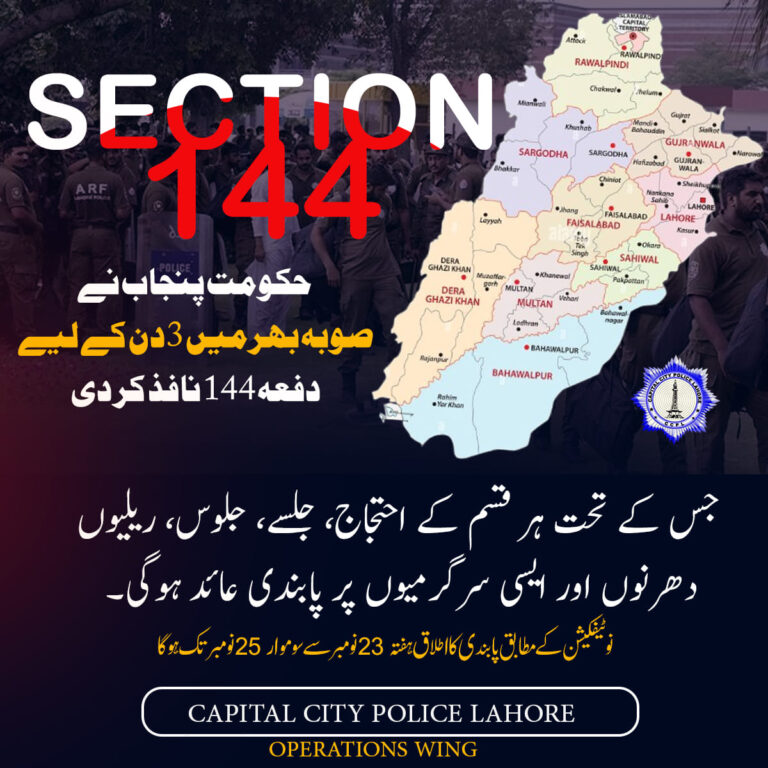Under the leadership of Inspector General of Police Punjab, Dr. Usman Anwar, the mission to eradicate serious crimes is progressing across all districts of the province, including Lahore. Punjab Police is actively engaged in suppressing dangerous criminals throughout the province. According to the Punjab Police spokesperson, police teams have busted 6,065 gangs involved in serious crimes this year. Across the province, including Lahore, 15,136 members of criminal gangs have been arrested. Properties worth over 6.44 billion rupees (stolen goods) were recovered from the criminals. These include 1,729 vehicles, 17,038 motorcycles, 2,356 tolas of gold, 10,594 mobile phones, and 5,697 livestock, which were returned to their rightful owners. Additionally, more than 6.36 billion rupees in cash was recovered from criminals involved in various offenses. Spokesperson further said that in the provincial capital, 3,388 gangs were dismantled, and 7,794 criminals were apprehended. Stolen goods worth over 2.275 billion rupees were recovered from these criminals in Lahore alone. The recovered items included 943 vehicles, 5,641 motorcycles, 5,414 mobile phones, 207 tolas of gold, and 125 livestock. IG Punjab, Dr. Usman Anwar, commended the police teams for their excellent performance in combating dangerous gangs. He directed them to intensify intelligence-based operations and crackdowns against organized crimes. He emphasized that professional criminals involved in robberies, murders, kidnappings, and other heinous crimes must be brought to justice.
(Daily Notable)
***************************


















